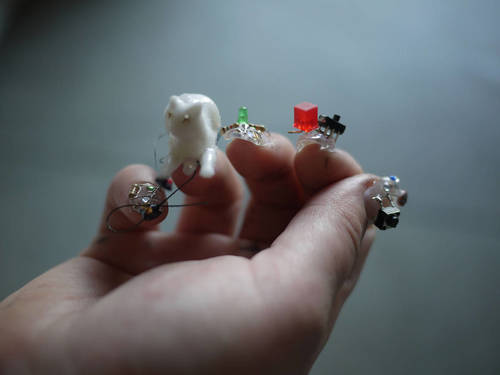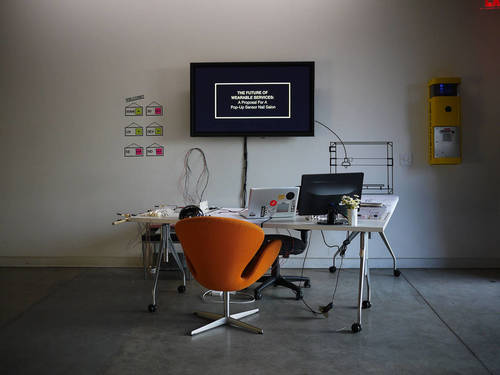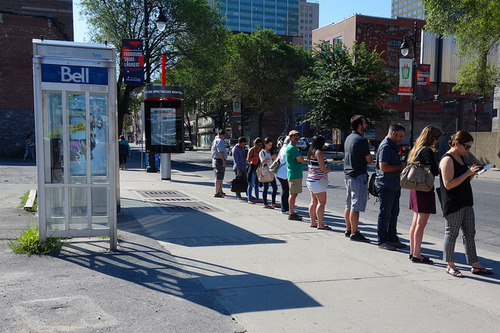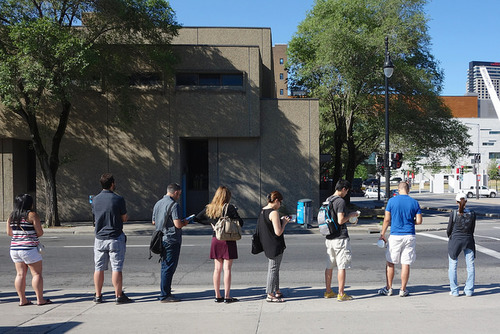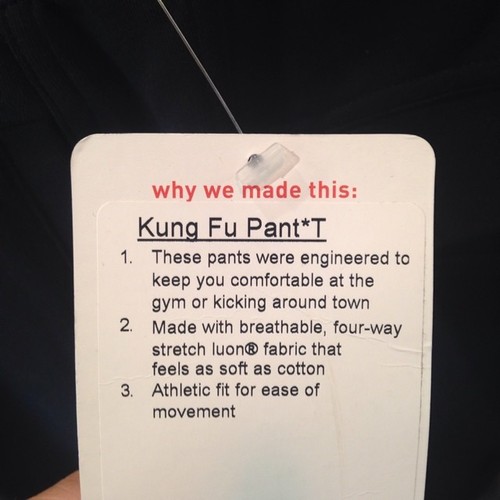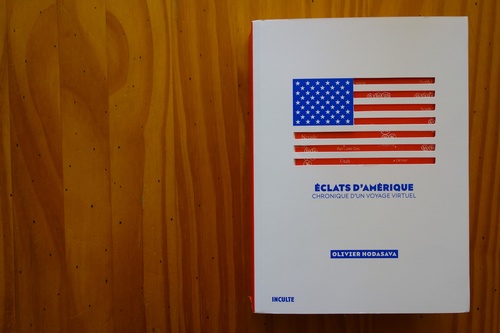
Just finished reading "Eclats d'Amérique" by Olivier Hodasava. It's an intriguing compilation of chronicles about the US of A based on the author's drifting and musing on Google Streetview. Hodasava never actually visited North America. He wrote his text based on his perception of certain selected scenes he liked. It's only in French though,
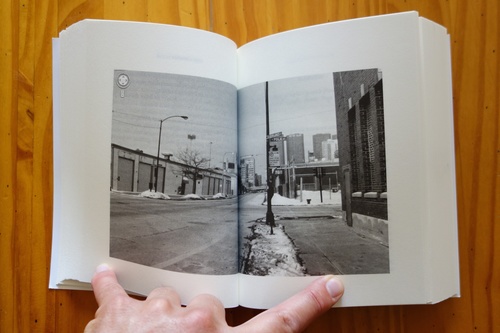
The book is an extension of his long-time work written on his weblog called "Dreamlands": each post extrapolates on a Google Streetview scene. Characters receive names, intentions, history and tastes, places get projected meaning and situations are the objects of fascinating speculations.
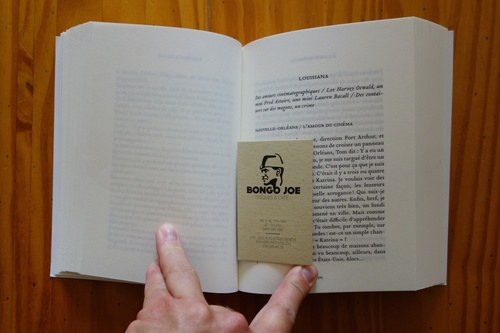
Why do I blog this? I think I mentioned the "Google Demo Slam" a while back (two guys who used Google Streetview to race across America without ever leaving their home), which was quite a thing to watch. In the case of this book, the intention and the result is far more intriguing and poetic. Such a great example of how a tool can be re-appropriated to project meaning, and extend the notion of fiction.
I don't really know whether this would count as a "locative media" proper but it certainly a curious case of storytelling as described by Ben Russell in the headmap manifesto back in the days ("..spatial maps of films: where do the characters go? ..do they stay in a confined area or travel (linear or circular?)").

